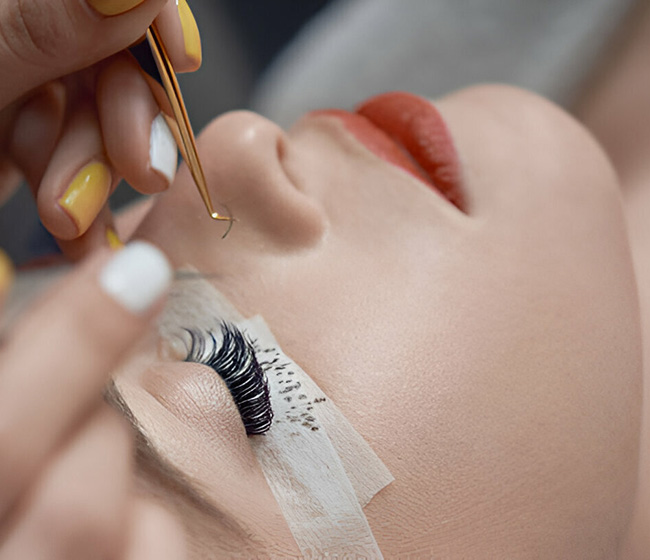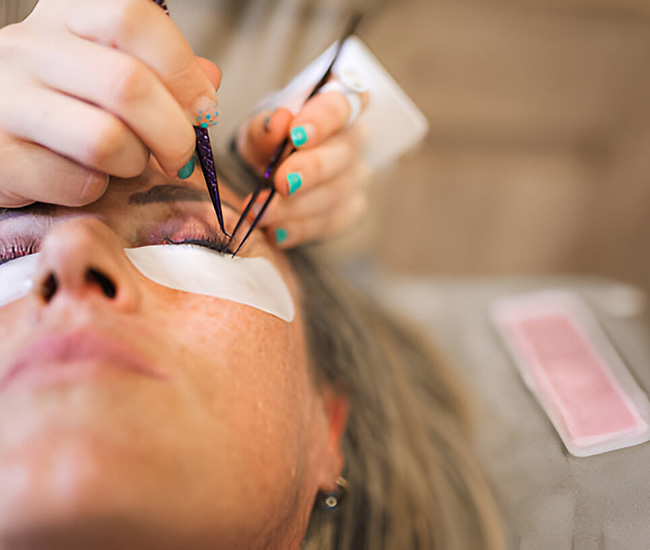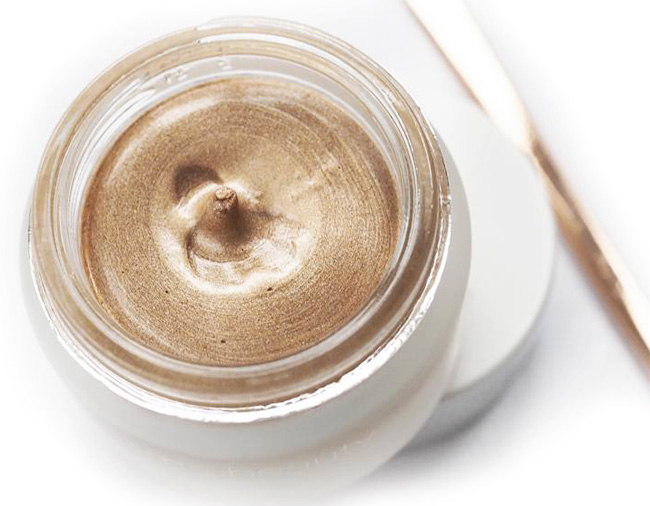The Importance of Flossing and How to Master the Technique

The Importance of Flossing
1. Plaque and Tartar Prevention: Flossing removes plaque, a sticky film of bacteria, and debris from areas where a toothbrush cannot reach. If left unattended, plaque can harden into tartar, leading to gum disease and tooth decay.
2. Gum Health: Flossing is essential for gum health as it helps prevent gum inflammation (gingivitis) and gum disease (periodontitis). Healthy gums are the foundation of strong teeth.
3. Halitosis (Bad Breath) Prevention: Food particles trapped between teeth can cause bad breath. Flossing helps eliminate these particles, keeping your breath fresh.
4. Cavity Prevention: Flossing removes plaque and debris from between teeth, reducing the risk of cavities, especially in areas where teeth are tightly packed together.
5. Maintaining Dental Work: Flossing is crucial for those with dental restorations such as crowns, bridges, or braces, as it prevents decay around these structures and prolongs their lifespan.
How to Floss Correctly
1. Choose the Right Floss: Use dental floss that suits your needs. Dental floss comes in various types, such as waxed, unwaxed, flavored, or tape. If you have gaps between your teeth, opt for dental tape or floss specially designed for wider spaces.
2. Cut an Adequate Length: Take about 18 inches (45 cm) of dental floss and wind most of it around your middle fingers, leaving about 1-2 inches (2-5 cm) to work with.
3. Form the C-Shaped Loop: Hold the floss between your thumbs and index fingers, leaving a 1-2 inch gap. Gently slide the floss between your teeth using a gentle back-and-forth motion.
4. Curve Around Each Tooth: Gently curve the floss into a C-shape against the side of one tooth, making sure to reach just below the gumline. Gently move the floss up and down to clean both tooth surfaces.
5. Use a Fresh Section for Each Tooth: As you move to the next tooth, use a clean section of floss. Avoid snapping the floss between teeth, as it may damage your gums.
6. Floss All Teeth: Remember to floss between all your teeth, including the back molars, which are often neglected.
7. Rinse and Repeat: After flossing, rinse your mouth with water or mouthwash to remove any loosened debris.
The importance of flossing in maintaining oral health cannot be emphasized enough. It complements brushing by removing plaque, preventing gum disease, cavities, and bad breath. Regular flossing is a simple yet effective way to protect your smile and keep your teeth and gums healthy. By following the correct flossing technique and incorporating it into your daily oral hygiene routine, you can unlock the gateway to optimal oral health and enjoy a beautiful and confident smile for years to come. Don't forget to visit your dentist regularly for professional cleanings and check-ups to maintain a healthy mouth.

Why Nursing Bras Are Essential for Postpartum Comfort
The postpartum journey marks an incredible yet physically demanding transition as new mothers nav...

Best Vitamins for Women For Healthy Lifestyle
I have been diagnosed with autoimmune and was about to live my life on medicines but instead i ch...

3 Tips for Staying Motivated to Work Out
We're getting to that part of the year when people start getting ready to commit to a fitness pro...

How Surrogacy Speeds Up Your Journey to Parenthood
Are you tired of the seemingly endless waiting game on adoption wait-lists?

Choosing Supplements to Stay Productive at Work
Hemp plant is an incredibly diverse product, with hundreds of minor Cannabinoids and compounds.
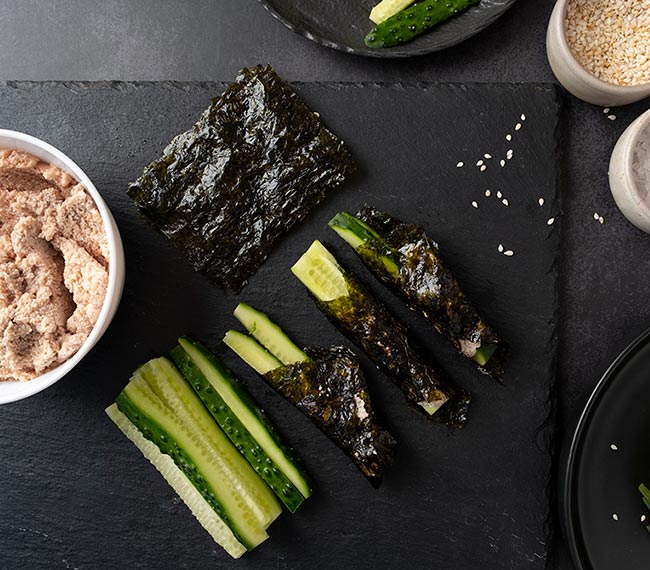
5 Quick and Easy Seaweed Snack Recipes That Will Blow Your Mind
Seaweed is packed with essential minerals and vitamins, making it a nutrient-rich ingredient that...

Unleash Your Potential with High-Intensity Interval Training (HIIT)
Whether you're a seasoned athlete or a fitness novice, HIIT offers a dynamic approach to working ...

13 Effective Workout Routines for Busy Professionals
In the fast-paced world of busy professionals, finding time for a regular workout routine can see...

Snoring in Pregnancy – Is It Safe and How to Prevent It?
Now that you are expecting a baby and that beautiful tiny creature is coming in nine months. You ...
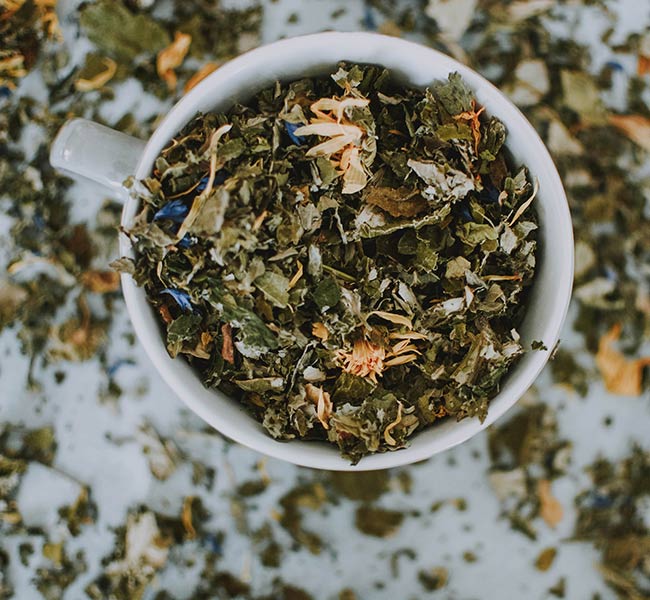
Herbal Tea Blends for a Peaceful and Restful Sleep
A soothing cup of herbal tea can help you unwind and prepare for a restful night's sleep. Herbal ...
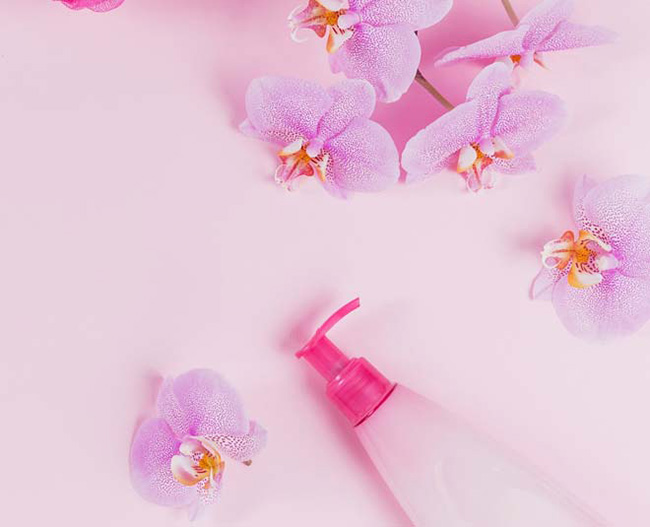
Importance and Tips to Maintain Intimate Hygiene During Periods
Women undergo a natural and inevitable process known as menstruation, or periods, which is a cruc...

Healthy Pre-Workout Snacks for Sustained Energy
Pre-workout nutrition plays a vital role in powering your exercise routine and optimizing your pe...
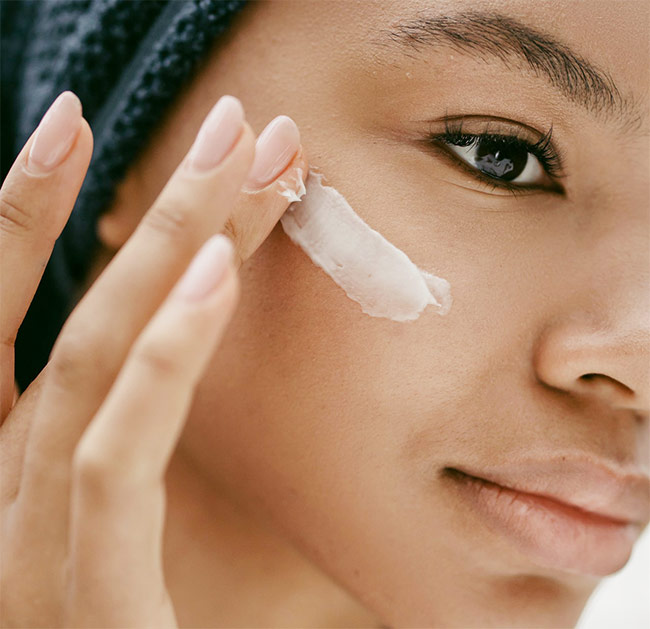
Genetics Vs. Lifestyle - Which Factors Effect Skin Look?
As per the medical science reports, it has been said that the overall physical appearance of a pe...

12 Tips to Look Healthy and Beautiful Without Makeup
Not that i don't like wearing makeup because this blog was started for all the love of makeup but...

Different Types of Incense and Their Effect on Mind, Body and Enviroment
Incense comes in various types, each derived from different plant materials, resins, and essentia...

8 Best Exercises for Healthy and Beautiful Eyes
Healthy and well-maintained eyes can boost self-confidence and self-esteem. When our eyes look an...

10 Delicious and Nutritious High Protein Snacks
When it comes to maintaining a healthy and balanced diet, incorporating high protein snacks can b...

Natural Facelift: Transform Your Skin with Face Yoga
In a world where various anti-aging treatments and cosmetic procedures are prevalent, there is a ...

5 Eating Habits to Maintain a Slim Body
Achieving and maintaining a slim body is not just about restrictive diets or quick fixes. It requ...
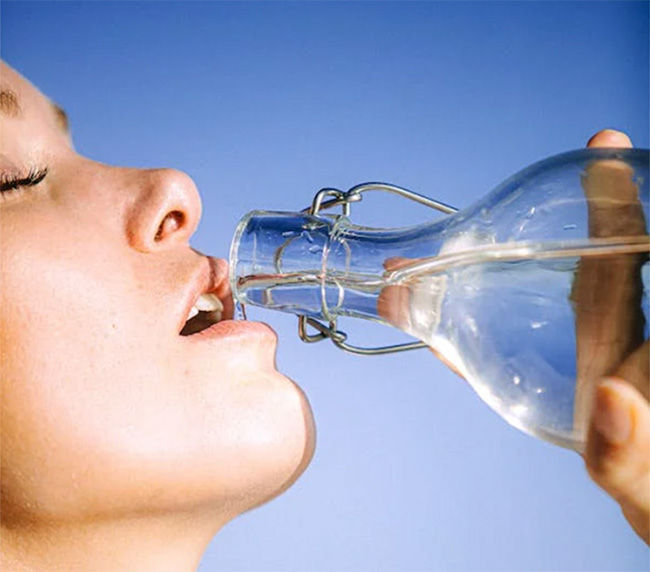
How Much Water Do You Really Need to Drink in a Day?
Water is an essential component of our bodies, playing a vital role in maintaining overall health...

